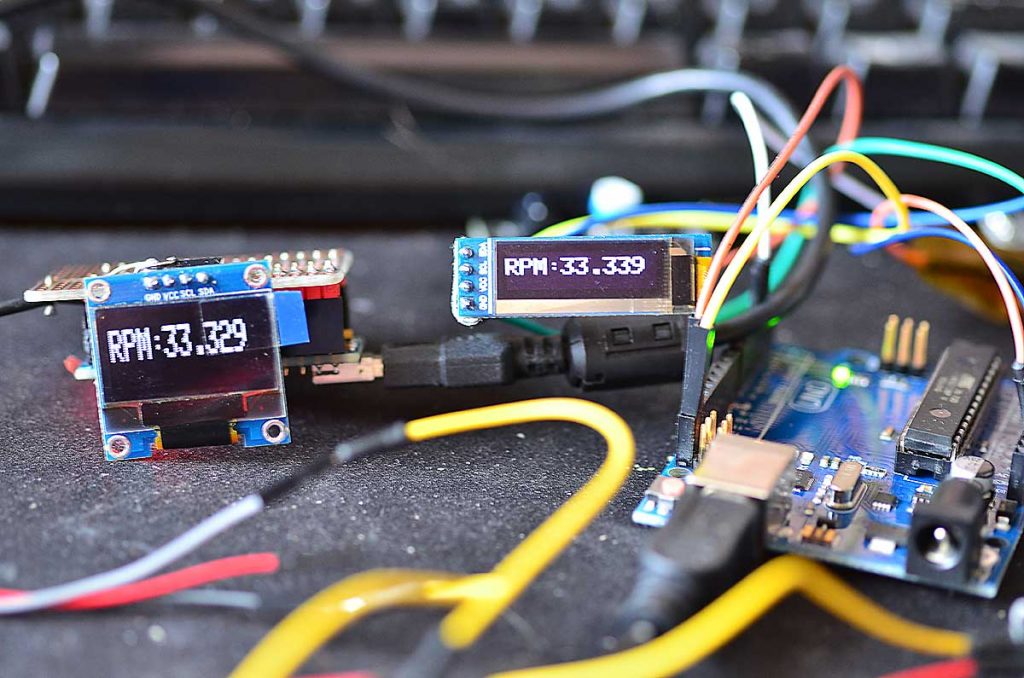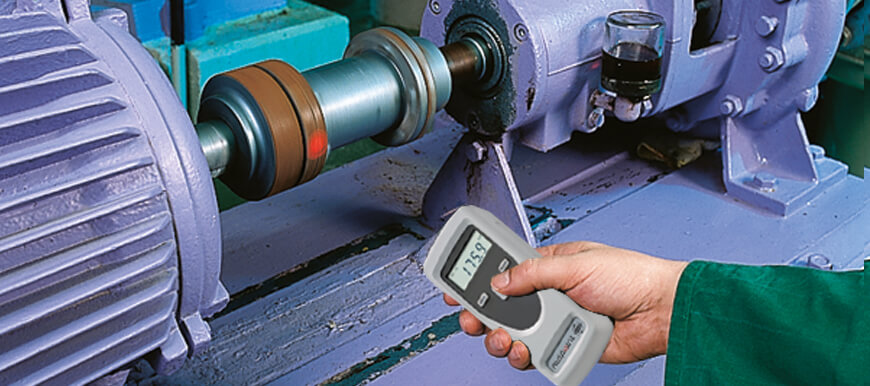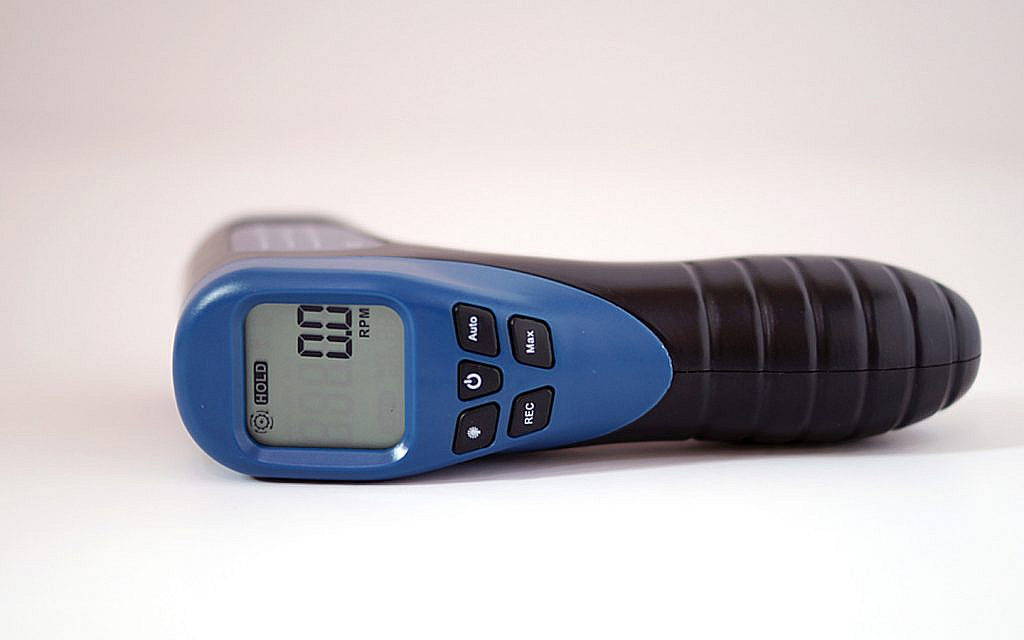Tuning a chainsaw can significantly enhance its efficiency and lifespan. Leveraging a tachometer makes this task much easier, providing accurate measurements to ensure your chainsaw operates at its peak. This article will walk you through the steps on how to tune a chainsaw with a tachometer, ensuring you get a powerful performance from your machine.

Introduction to Chainsaw Tuning
Chainsaws are essential tools for various tasks, from felling trees to cutting firewood. However, to maintain peak performance, regular tuning is necessary. A tachometer is a crucial device in achieving this goal, as it measures the engine’s RPM, giving you precise data for optimal adjustments.
Why is Tuning Necessary?
Regular tuning of your chainsaw ensures that it runs smoothly, provides the necessary power, and consumes fuel efficiently. An untuned chainsaw can suffer from various issues such as poor cutting performance, increased fuel consumption, and a shortened lifespan.
Understanding the Role of a Tachometer
A tachometer is a tool that measures the rotational speed of an engine in revolutions per minute (RPM). By using a tachometer, you can accurately tune your chainsaw, ensuring it operates within the manufacturer’s recommended RPM range.
Steps to Tune a Chainsaw with a Tachometer
Step 1: Gather Your Tools
Before you begin, ensure you have the following tools:
- Tachometer
- Screwdrivers
- Carburetor adjustment tool
- Owner’s manual
Step 2: Understand Your Chainsaw’s Specifications
Refer to your chainsaw’s owner’s manual to understand the recommended idle and maximum RPM settings. This information is crucial for accurate tuning.
Step 3: Warm Up the Chainsaw
Start the chainsaw and let it run for a few minutes to reach its operating temperature. This ensures that the tuning adjustments are accurate.
Step 4: Connect the Tachometer
Attach the tachometer to the spark plug wire according to the manufacturer’s instructions. This will allow the device to read the engine’s RPM.
Step 5: Adjust the Idle Speed
Using the tachometer, adjust the idle speed screw until the chainsaw reaches the manufacturer’s recommended idle RPM. This ensures a smooth and steady idle.
Step 6: Set the High-Speed Screw
With the chainsaw running at full throttle, use the tachometer to measure the RPM. Adjust the high-speed screw until it matches the recommended maximum RPM. This adjustment ensures that the chainsaw performs optimally under load.
Step 7: Fine-Tune the Low-Speed Screw
Finally, adjust the low-speed screw to ensure smooth acceleration and optimal power output at lower speeds. Use the tachometer to verify that the RPM remains within the recommended range throughout the adjustment process.
Maintenance Tips for a Well-Tuned Chainsaw
Maintaining a well-tuned chainsaw goes beyond the initial tuning. Regular maintenance practices will ensure that your chainsaw continues to perform efficiently.
- Keep the air filter clean to ensure proper airflow.
- Regularly inspect the spark plug and replace it if necessary.
- Clean the carburetor to prevent fuel blockages.
- Use fresh fuel and the recommended oil mixture.
- Sharpen the chain regularly for precision cutting.
Common Tuning Mistakes to Avoid
While tuning a chainsaw may seem straightforward, there are common mistakes that can lead to suboptimal performance or even damage. Here are some pitfalls to watch out for:
- Ignoring the owner’s manual: Always refer to the manufacturer’s specifications for RPM settings.
- Over-adjusting screws: Small adjustments are often more effective than large turns.
- Neglecting other maintenance: Tuning is just one aspect of chainsaw upkeep. Ensure the entire machine is well-maintained.
- Skipping warm-up: Always warm up the chainsaw for accurate adjustments.

FAQs
How often should I tune my chainsaw?
Regularly. Ideally, you should tune it every time you do a major cleaning or replace parts like the chain or bar. Seasonal changes may also warrant a tune-up.
Can I tune a chainsaw without a tachometer?
Yes, but not as accurately. A tachometer provides precise RPM readings, ensuring optimal performance. Tuning by ear can lead to inaccuracies.
What if my chainsaw’s RPM is still inconsistent?
If you experience inconsistencies, recheck the adjustments and ensure other components like the air filter and spark plug are in good condition. Persistent issues may require professional inspection.
For more detailed instructions on tuning a chainsaw, you can refer to this Wikipedia article on Tachometers.
